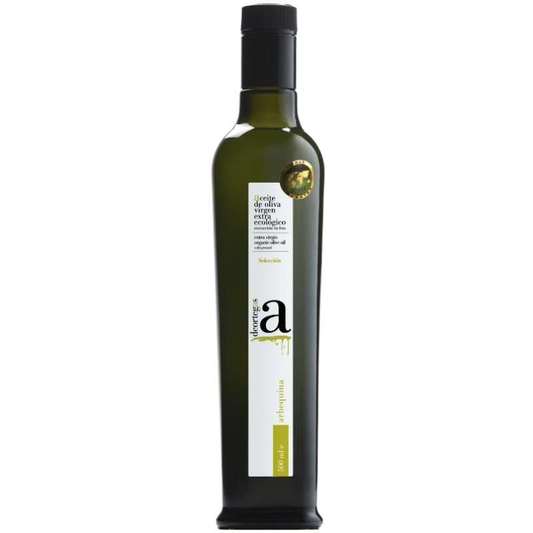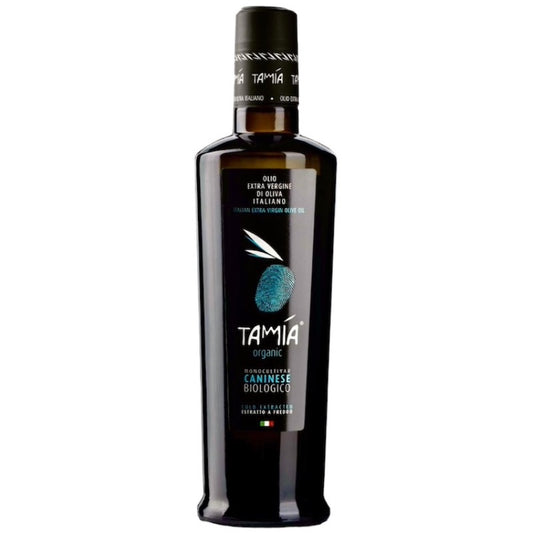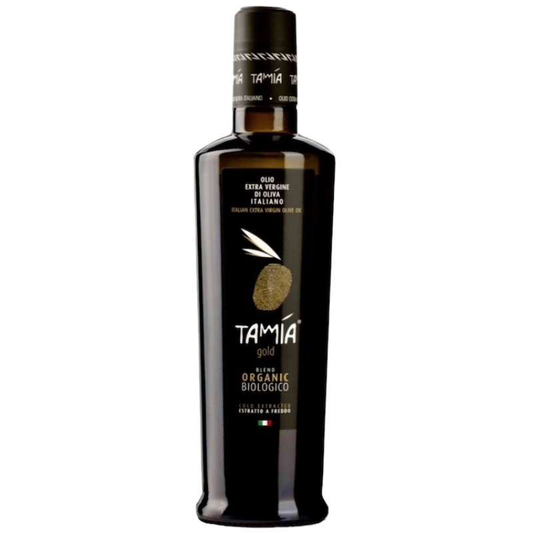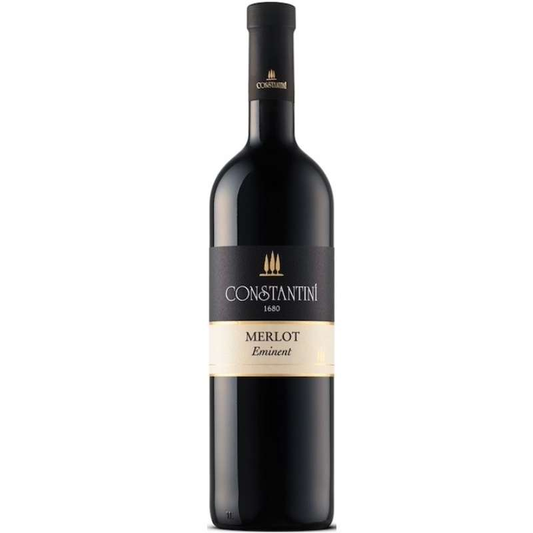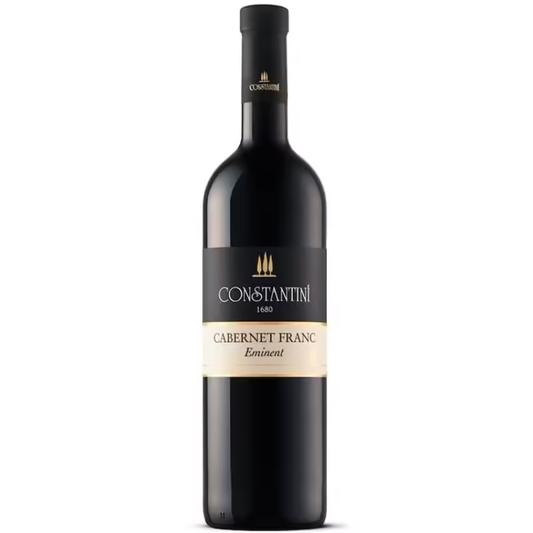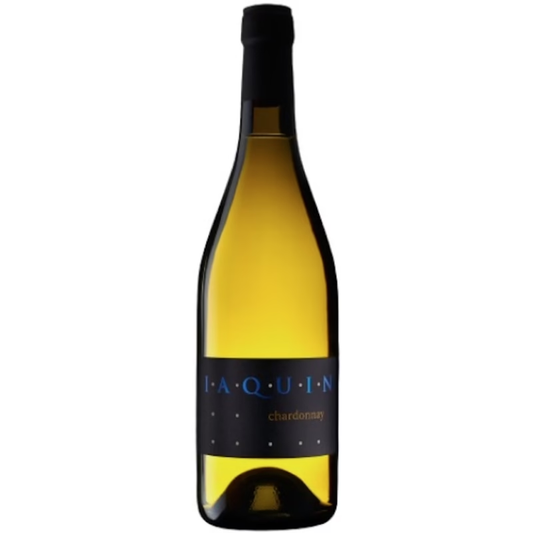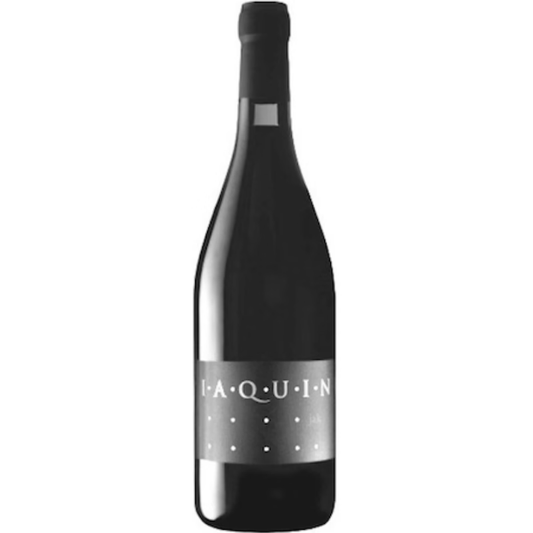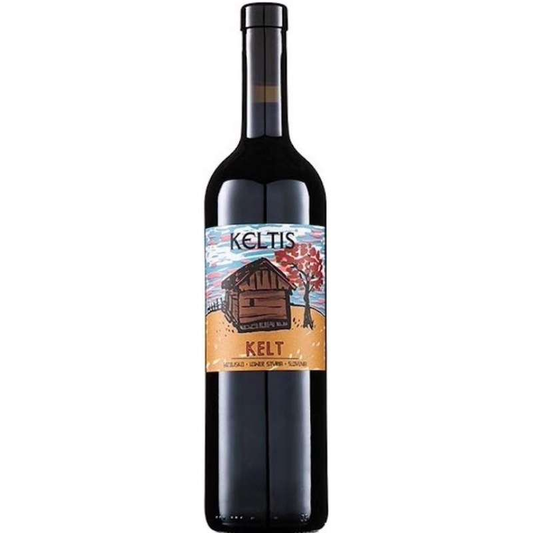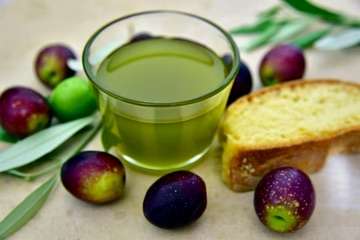In the heart of Italian kitchens, extra virgin olive oil flows seamlessly into the fabric of culinary traditions, enriching flavors and enhancing the essence of each dish. Olio extra vergine di oliva is not just a cooking ingredient in Italy; it is a fundamental cornerstone of Italian cuisine, shaping the very identity of the country’s culinary heritage.
Let's try to unveil the multifaceted role of olive oil in Italian cuisine, where its presence transcends the pan and becomes an essential element of the culinary narrative.
Olive Oil in Italy: A Long History
The use of olive oil in Italian cuisine can be traced back to ancient times. The olive tree first arrived on the Apennine Peninsula around 3,500 years ago. However, it wasn’t until the 7th century BC that olive oil production and consumption became widespread.
The role of the Phoenicians and Carthaginians in introducing olive trees and oil to Italy was a pivotal moment that reshaped Italian agriculture, diet, and economy, making olive oil a cornerstone of Mediterranean life. Prior to this introduction, the Italian Peninsula had a more limited, possibly localized presence of the wild olive, but the organized, large-scale cultivation and oil production necessary to make it a staple commodity came from the East.
As early as the 16th century BCE, the Phoenicians established extensive trade networks across the Mediterranean. They didn't just trade the oil (often transported in large ceramic jars called amphorae); they actively introduced the olive tree (Olea europaea) to new regions suitable for its growth. Their settlements and trading posts along the coastlines—including North Africa, Sicily, Sardinia, and the Iberian Peninsula—became centers for new olive groves, establishing the tree far from its original domestication point.
The Carthaginians, who originated as a Phoenician colony in North Africa (modern Tunisia), continued and intensified this agricultural and trade legacy, particularly in the Western Mediterranean and toward Italy.
Starting around the 7th century BCE, the Greek settlers in Southern Italy (Magna Graecia) also contributed to the spread of olive cultivation. They brought their knowledge and techniques, further solidifying olive oil’s importance in the region.
The Romans expanded olive cultivation across their entire empire, including areas of Italy that would become major producers like Liguria and Umbria. They perfected cultivation techniques and developed sophisticated oil presses. Olive oil quickly became an indispensable, valuable commodity, used not just in food but also for lighting (lamp fuel), cosmetics, medicine, and religious rituals.
Flavor Foundation
Olive oil is not just a cooking medium; it is the foundational flavor that underpins countless Italian dishes. Whether drizzled over a Caprese salad, tossed with pasta, or used as a finishing touch on bruschetta, olive oil imparts a distinctive richness and depth to the palate.

Versatility in Culinary Applications
Olive oil is a versatile player in the Italian kitchen, featuring prominently in antipasti, salads, soups, and main courses. Its versatility extends to desserts, where olive oil-infused cakes and pastries showcase its ability to enhance both sweet and savory creations.

Diverse Olive Varieties
Italy boasts a diverse range of olive varieties, each contributing unique flavors and aromas to the oils they produce. From the robust and peppery oils of Tuscany to the milder and fruity oils of Sicily, the regional diversity reflects the richness of Italian olive oil.

Mediterranean Diet Emblem
Italian cuisine, with olive oil as a focal point, is an embodiment of the Mediterranean diet. The use of olive oil aligns with the diet’s emphasis on fresh produce, lean proteins, and heart-healthy fats, contributing to the well-being of those who partake in this culinary tradition.

The Art of Dressing
Olive oil takes the lead in dressing salads, turning a simple combination of fresh vegetables into a vibrant and flavorsome experience. The drizzle of extra virgin olive oil is not just a dressing but a culinary stroke that elevates salads to an art form.

Pasta’s Perfect Companion
Pasta, a quintessential component of Italian cuisine, finds its perfect companion in olive oil. From the simplicity of Aglio e Olio (garlic and oil) to the richness of pesto, olive oil is the conduit through which pasta dishes come to life.

Sauteing Excellence
Extra virgin olive oil’s high smoke point and nuanced flavors make it an ideal medium for sautéing and frying. Whether gently sautéing garlic for a pasta sauce or frying delicate vegetables, olive oil imparts a delicate touch to Italian dishes.

Culinary Tradition Transcending Borders
Italian cuisine, with olive oil as its golden thread, has transcended borders, influencing global culinary landscapes. The ubiquity of olive oil in kitchens worldwide is a testament to its universal appeal and the enduring impact of Italian culinary traditions.

In a huge diversity of Italian cuisine meals, olive oil plays a harmonious role, weaving together the diverse flavors, textures, and aromas that define this culinary legacy. It is not merely an ingredient; it is a cultural emblem that reflects the time-honored traditions, regional diversity, and artistry of Italian cooking.
As we savor the dishes adorned with olive oil, we partake in a journey through Italy’s storied culinary past, appreciating how it continues to be the golden key that unlocks the richness of Italian gastronomy.

